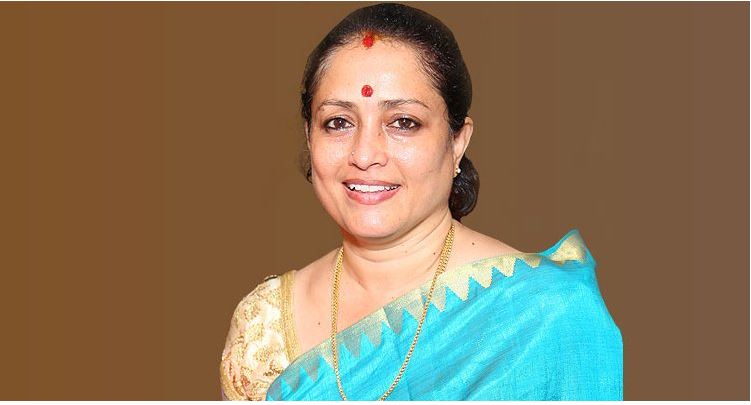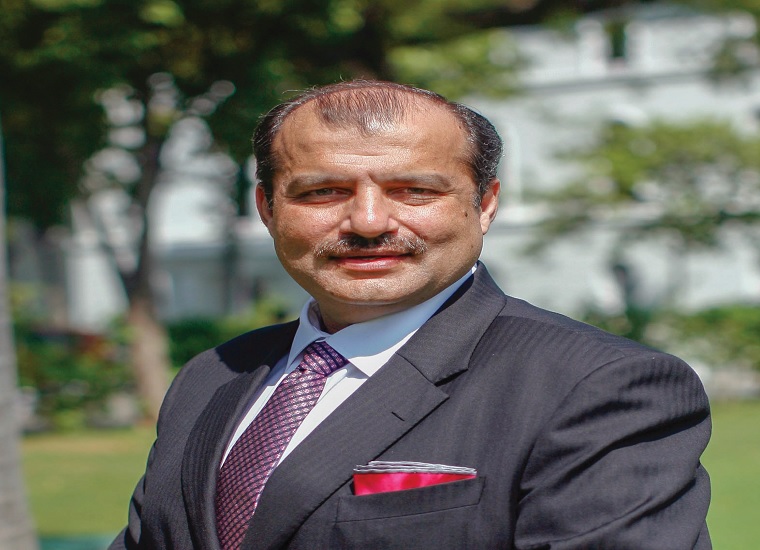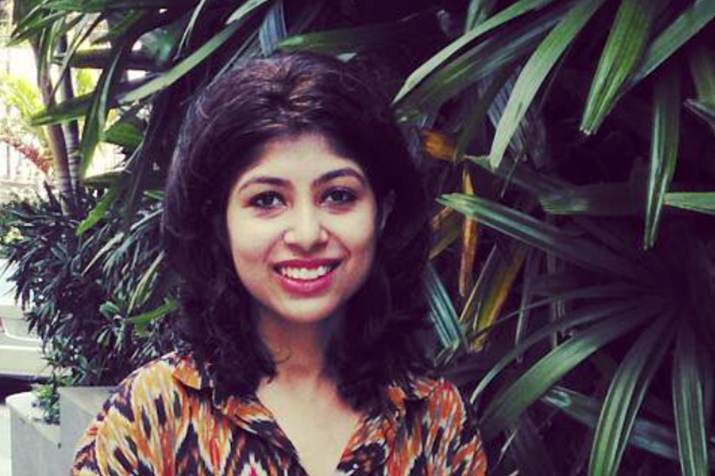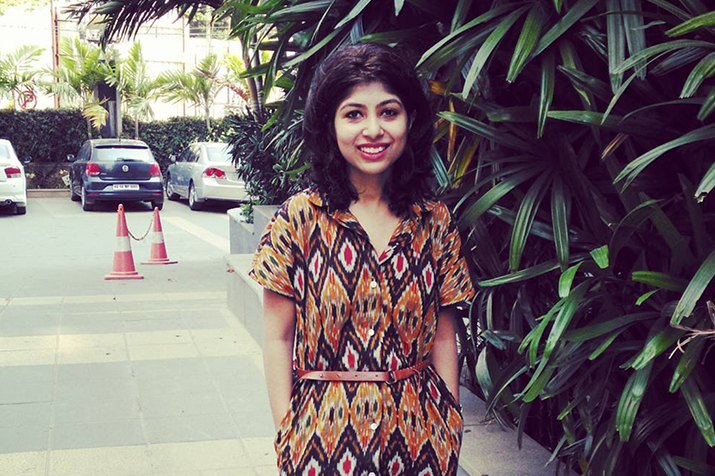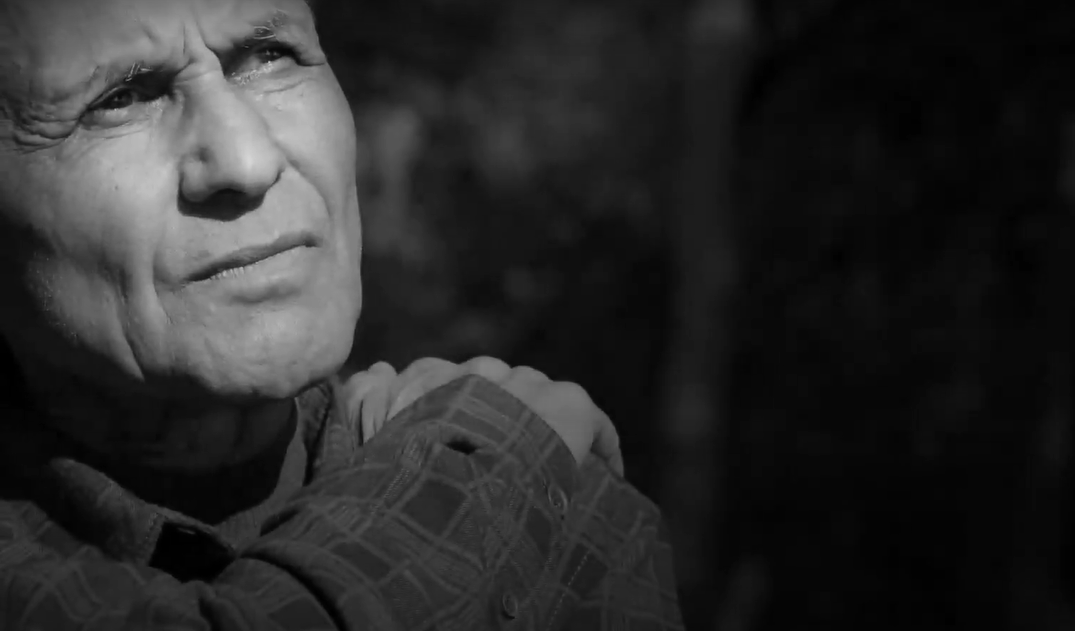Armed with disposable income and a willingness to splurge, this consumer cohort comprises over 10 per cent of the population. No wonder marketers are beginning to target this segment with specialised products In popular American show on Netflix Grace and Frankie, a retired cosmetics baron and a hippie artist are forced to live under the same roof when they get to know that their husbands are in love and want to get married. The series goes on to show how the two septuagenarians navigate life independently. Not only do they go for indulgent holidays and steamy dates, they also launch their business venture, Rise Up, to make hydraulic-powered toilet seats for the elderly. Though the show is a comic interpretation of Grace and Frankie’s adventures and misadventures, for marketers, it is smartly-woven around an important cohort of consumers — the senior citizens — a $7-billion market in the US. The nascent market is now booming in millennial-obsessed India as well. Around 120-million Indians, according to a Deloitte report are above 55. The figure is estimated to rise to around 300 million by 2050, accounting for 20 per cent of the overall population. Spending by senior citizens is predicted to increase from $100 billion in 2020 to almost $1 trillion by 2030. What makes this cohort lucrative is their high disposable income and willingness to spend on themselves. Spending Power Of the 120-million elders, about 40 million stay in urban areas, and over 50 per cent of them have the ability to spend Rs 40,000-50,000 a month. With a bank balance to boast about, they are as aspirational as the millennials. From financial services to personal care products and from hospitality to gadgets and even real estate, companies are increasingly beginning to tailor-make products for these consumers. Music and content company Saregama India, for example, in 2017, launched Carvaan, a pre-loaded music box, which looks like a transistor, specially targeted at the silver generation. The Rs 521.47-crore company has even come up with variants of Carvaan in regional languages and has sold over 2.4 million units since its launch. Apart from the regular Carvaan (priced at Rs 6,000), there’s also Carvaan Mini priced at Rs 2,500. It includes the Bhagvad Gita, Gurbani and Bhakti songs. Carvaan recently introduced podcasts in its new version and Saregama India Managing Director Vikram Mehra is surprised at the variety of content that consumers are open to. “While news and religious music are a given, consumers are even lapping up wine and whisky appreciation podcasts. In fact, the most popular is the one on single parenting.” Age is no more a barrier for the current generation of elders who want to live life king size. While spending on assisted living tools (elderly care services such as medical care, wheelchair, adult diapers etc) is a given, this new-generation of elders also want to live independently, look good and travel places. They are not apologetic about spending on themselves. “By 2050, this segment will be 20 per cent of India’s population, and will account for 20-25 per cent of consumer spending,” points out Sanjesh Thakur, Partner, Risk Advisory Practice, Deloitte India. So, when Tapan Mishra founded e-commerce platform Seniority.in in 2015, the stress was on providing assisted living — from wheelchairs to hospital beds and adult diapers. The past year has seen Mishra focusing more on building a direct-to-consumer personal care business targeted at 55-year-olds and above. “We started with nutraceutical products under the brand name Seniority and are soon going to rollout hair care and skin care for this age group,” says Mishra, who is also the founder of Evergreen Club, an online platform that helps the silver generation to not just avail the services of doctors and physiotherapists, but socialise as well. Launched in March 2021, the platform offers a plethora of activities — from antakshari and housie sessions to yoga and cooking classes. In the past four months, there have been 75,000 downloads on the Android store, according to Mishra. In June, Evergreen Club launched a paid subscription model. Around 1,000 signed up within the first 10 days. Mishra says the company’s personal care products cater to the needs of this consumer cohort. “Most brands offer age-defying or anti-ageing products, which this cohort of consumers are not looking for. They want products that will help them age gracefully.” Ad man-turned entrepreneur, V.S. Srikanth, Co-Founder, Fifty Rocks Lifestyle, is also getting ready to rollout a range of premium personal care products for the 50-plus under the brand name Amazing Grey. “This population amounts to 40-42 per cent of India’s population in terms of value consumption. The millennials have no money,” says Srikanth. Last year, ICICI Bank launched Retire Happy Solutions, targeted at 55-year-olds and above. “This age group is five-six years away from retirement, so, it’s not a bad idea to open a NPS account. Most people start buying health insurance at the age of 54, which covers them till the age of 74. Retire Happy Solutions curates that too,” says Pranav Mishra, Head, Liabilities, ICICI Bank. The product also has features such as FD Invest and FD MIP. “What it means is you have created an FD for five years and the interest which will come out of it can go into SIPs. Similarly, the interest money that will come from FD Invest will come in the form of a monthly income plan so that it can act as income replacement,” he adds. The product also offers travel loans for this cohort of consumers. New-age Elders This is also the generation whose children have stepped out of their homes to work in other cities, and as a result of which most of them are empty nesters. Real estate companies are capitalising on the same. The past decade has seen the emergence of retirement communities such as Columbia Pacific and Antara, which offer end-to-end services such as medical care, kitchen and house-keeping facilities for residents. “While the millennial is more into the sharing economy than buying, seniors are happy to pay a premium for comfort. They have disposable income, and are willing to invest and indulge,” says Mohit Nirula, CEO, Columbia Pacific Communities. Its communities are self-sustained. “Senior residents don’t have to worry about sweeping, mopping, maintenance or food,” adds Nirula. Prashin Jhobalia, Vice president, Strategic Marketing, House Of Hiranandani, doesn’t want to label his properties as a senior citizen community, but says it is the 50-plus cohort which is the target audience for its premium residential complexes. “While facilities such as hospital, ambulance and dining room are a given, they are looking for spacious homes, great views and well-equipped clubhouses. Since they are looking at spending the rest of their lives here, they don’t want to compromise on quality.” These gated communities are priced from Rs 40 lakh to Rs 4 crore. “Consumers are happy to pay a premium for amenities, which they were not willing to do 10 years ago,” says Jhobalia. While real estate companies are launching senior citizen communities, tech companies such as Emoha and MedRabbits are offering assisted living services. Consumers just need to download an app and subscribe to a host of services, including medical care, grocery delivery and even entertainment. Emoha, says Co-founder and CEO Saumyajit Roy, has installed sensors at homes of its consumers, so that whenever there is an emergency it can rush to help. “The idea is not to box our elders in an old-age home, which is regressive. For every home we take care of, we look at how we can take care of emergency support needs, how elders could socialise and also learn new skills.” “The biggest pandemic is not Covid, it is loneliness,” adds Roy. Emoha TV has been one of the hot favourites of the 55-plus community during the pandemic. It offers over 700 activities from the comfort of home. “Just as what edtech is for education, our ambition is to make a similar impact on the senior citizens market,” adds Amol R. Deshmukh, Co-founder, MedRabbits. Convenience Matters Such consumers are the favourites of the hospitality industry too. Be it tour operators or resort companies such as Sterling Holidays and Mahindra Holidays, it is the 55-plus segment from where their revenues are increasingly coming from. “When I go for a holiday I don’t want to go to a place where kids are yelling. I want to go to a place where I can do my thing. I need menus which will suit my age and needs,” says V.S. Kannan Sitaram, Former COO, Dabur, and currently Venture Partner at Fireside Ventures. Hospitality companies are going all out to cater to the needs of consumers such as Sitaram, who are essentially looking for experiences and are willing to pay for it. From yoga getaways and wellness holidays to camping by the river side in comfortable air-conditioned tents, most of the newer properties of hotels and resorts offer experiences tailor-made for the new silver generation. “Over 25 per cent of our new members are above the age of 50,” says M. Harinath, Vice president, Corporate Marketing, Sterling Holidays. One of Sterling’s best-performing resorts before Covid struck them was the company’s wellness resort in Rishikesh, where bulk of the guests constituted the 50-plus age bracket. “While millennials opt for weekend getaways, elders prefer longer stays. They don’t mind spending one-two weeks for an ayurvedic experience so that they can take the full benefit of the treatment. This helps us improve our occupancy rates, especially during off season,” he adds. Mahindra Holidays has created a 10-year membership programme, Bliss, targeted at the 55-plus cohort. Bliss focuses on offering experiential holidays to its members. Priced at Rs 2-4 lakh, Bliss is Mahindra Holidays’ top-performing product. “Fifty five is the new 25. It is far more profitable to focus on this cohort as they spend more at resorts. They contribute the highest in terms of revenue per customer,” says CMO Pratik Mazumder. Be it living in a residential community that offers all kinds of amenities or subscribing to a service such as Emoha, convenience is the prime factor. “Between the age of 18 and 35, you are in that state of your life, where you believe you are on top of the world and everything should be happening according to your choice. You want to control every aspect of it. As you start growing older, you realise that even if you want to control your life, you can’t. More and more people start valuing convenience over control,” explains Mehra of Saregama. The idea behind Carvaan, he adds, is to offer convenience and not control its target audience. “A digital app will give you control, you can control which song you want to hear, you know who the composer is. However, Carvaan is all about music playing out. I like Kishore Kumar or Lata Mangeshkar’s song, so I need a platform where I can listen to them. An average 50-year-old living in Kanpur or Satara find it difficult to explore technology on their own, they typically end up using features they are comfortable with. That’s one part that anybody who wants to target this segment needs to realise,” he says. The Carvaan success story has been instrumental in turning around the stagnant music business of RPSG into a profitable venture. Other consumer categories are also realising the importance of convenience. During the first wave of Covid-19 last year, Bata India launched its store-on-wheels, the idea for which came from requests by senior citizens to deliver footwear home. Titan Company’s eyewear brand, Titan EyePlus, has started offering eye-testing services at consumers’ homes, and CEO Saumen Bhaumik says that though the service was launched keeping the Covid-19 lockdown in mind, going forward, the company will continue to offer the same. “A large segment of our consumers are above 55 years and are seeking convenience,” he adds. Growing Potential Indian marketers are obsessed with millennials and understandably so, since they comprise 70 per cent of the country’s population. Leading skin care brands do have anti-ageing products, but no solution for skin care concerns of an elderly consumer. In apparel, brands do have options for consumers who have a big built, but they have nothing specifically for senior citizens. “I recently went trouser shopping and checked out all the leading brands, but I couldn’t find anything that I would be comfortable wearing. Most of the collections were meant for the 20 somethings,” says Sitaram of Fireside. “This is a neglected segment, which has huge scope. If I look at a consumer cohort of 20 crore in the next 25 years, it is a mammoth population. It’s not a generation that wants to hoard gold and wealth, but spend on things that give them convenience. Unfortunately, enough isn’t being done for this consumer cohort,” points out Thakur of Deloitte. Mehra of Saregama says for most brands it makes business sense to look at 70 per cent of the population where everybody wants to look good, rather than speak to the remaining 30 per cent, of which only 10 per cent wants to look good. “You look at an average person in Kanpur or Nagpur, they won’t care about going to the gym that much. As far as they are concerned, it is for their kids. However, there is a goldmine sitting in that age group and very few brands fighting for that particular set of customer.” The single-minded focus of a 55-year-old a decade ago was to save for his/her retirement. It’s no longer the case. Mumbai-based investment banker couple, Kapil and Priya Mathur (58 and 55), have been empty nesters for the past few years. Their children are well-settled and the couple is inching towards the retirement age. They recently went to Ananda Spa near Rishikesh for a week-long holiday. “We are doing all that we couldn’t do earlier. We have planned our retirement, bought houses and the children are more or less settled. It’s now time for a little bit of indulgence.” On the other hand, for 80-year-old Iti Mishra, who retired from corporate life over 15 years ago, age is just a number. The tech-savvy octogenarian goes on holidays across the globe on her own. She has close to 1,000 followers on Instagram and her food blog Cheffington Post has caught the attention of leading fine-dining restaurant chains across the country. She often curates specialised menus for them. What has led the current silver generation in India to be indulgent and not conservative like their predecessors? ICICI Bank’s Mishra attributes it to the first phase of liberalisation in 1991. He says most Indians born in the late 60s and early 70s got their first jobs post 1991, and that made the difference. “They started earning more than their parents and were able to save at a much younger age. Around 2000/01 interest rates came down significantly, and banks also started lending for home loans or any secured asset.” According to Mishra, liberalisation created lucrative jobs and people no longer worked in one organisation for life. They started experimenting with jobs, which led to higher appetite for risks, and was demonstrated in the way they invested. “Since they had higher disposable income, their ability to take loans and repay was higher. They were into value- and long-term investing through SIPs, which helped them create long-term wealth. Indians also started believing that health- and term-life insurance isn’t a cost, but protection for themselves and their families.” Unlike their parents who saved all their lives so that they were able to invest in a house around the time they retired, the current silver generation invested in their first property when they were in their late 30s or early 40s, and have systematically planned for their retirement. This has resulted in higher disposable incomes and spending power. In fact, the 55-year-olds don’t appreciate being addressed as ‘seniors’. They are aspirational, they want to look and feel young and have the wherewithal to indulge. High time brands across the board carve out a strategy around them.
Continue reading “The Business of the Elders”

